Five things we've learned about Hillary Clinton's failed presidential campaign from new inside account
The book is a damning account of the campaign's personnel, structure and strategy that culminated in the historic defeat
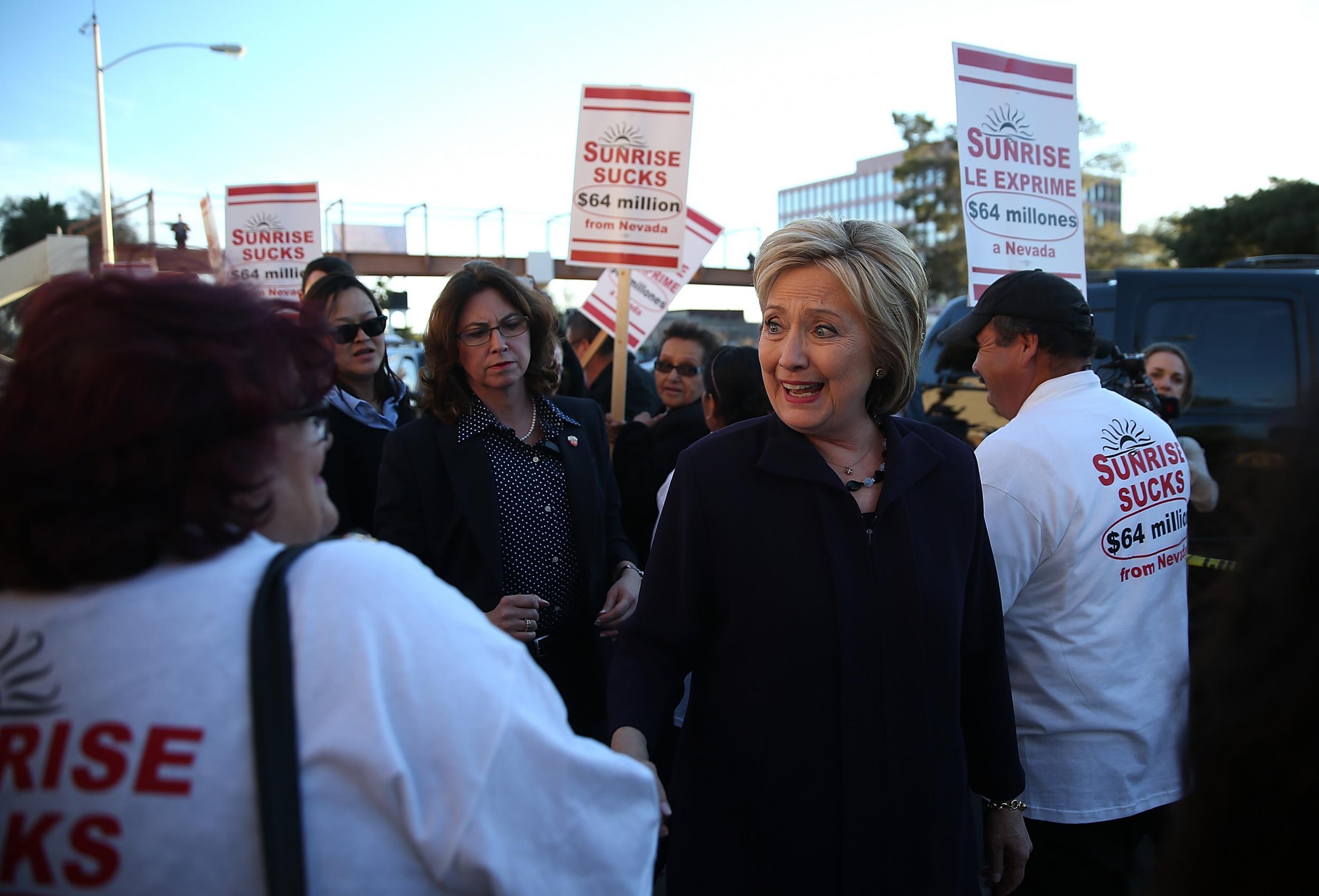
Your support helps us to tell the story
From reproductive rights to climate change to Big Tech, The Independent is on the ground when the story is developing. Whether it's investigating the financials of Elon Musk's pro-Trump PAC or producing our latest documentary, 'The A Word', which shines a light on the American women fighting for reproductive rights, we know how important it is to parse out the facts from the messaging.
At such a critical moment in US history, we need reporters on the ground. Your donation allows us to keep sending journalists to speak to both sides of the story.
The Independent is trusted by Americans across the entire political spectrum. And unlike many other quality news outlets, we choose not to lock Americans out of our reporting and analysis with paywalls. We believe quality journalism should be available to everyone, paid for by those who can afford it.
Your support makes all the difference.It is tempting to think that if only Bon Jovi, at the election eve rally for Hillary Clinton, had played just one more encore song with the volume cranked all the way up to 11, Hillary would have swept the rust belt and won election to become the 45th President of the United States.
Of course the explanatory factors behind an election result which elicits the vote of over 130m people after a campaign lasting over a year, featuring two candidates who had both been in the public eye for decades, will be numerous and varied. In Shattered: Inside Hillary Clinton’s Doomed Campaign, reporters Jonathan Allen and Amie Parnes use unprecedented access inside Hillary’s team throughout the election to reveal some of the failures specific to Clinton’s campaign and strategy that brought about one of the least predicted and, for the liberal world, most calamitous election defeats in modern political history.
There are broadly five takeaways from Allen and Parnes’ mammoth work of reporting on how an election result, that can somehow seem at once utterly unfathomable and deeply inevitable, came to pass.
1. The campaign’s sprawling, disparate power structure, riven with infighting
Hillary’s failed campaign in 2008 to be the Democratic nominee for president was famous for its infighting and soap opera feuds that often went public. Hillary had those failures in the forefront of her mind as she began her 2016 run, but failed to prevent a similarly conflict-ridden personnel structure plague her campaign, with interdependent, destructive power struggles play out between rival factions.
“The map of Clintonworld looked like a traffic jam on a Venn diagram”. Hillary had a huge network of advisers, staff and confidantes whose collective contribution was cacophonous, with many “chieftains but no clear leader”. With warring groups fighting for power to the detriment of effective messaging to the public, no single authority or campaign leader had control over all the big decisions, nor was important information shared across factions.
Ruthless Democratic party operative Robert Mook, only aged 35 when the team assembled, was campaign chief, but his “Mook Mafia” still had to contend with campaign chairman John Podesta and the older advisors, a competing State Department team led by Huma Abedin, as well as a team of consultants and communications personnel.
“It was unclear who was really running the campaign” write the reporters, and few factions could be fully trusted, as advice came laden with “the baggage of the adviser’s agenda”, of either pleasing Hillary or undermining a rival faction’s power. Mook began “to develop a reputation for caring as much about his own brand, and promoting his own people, as he did about getting Hillary elected”.
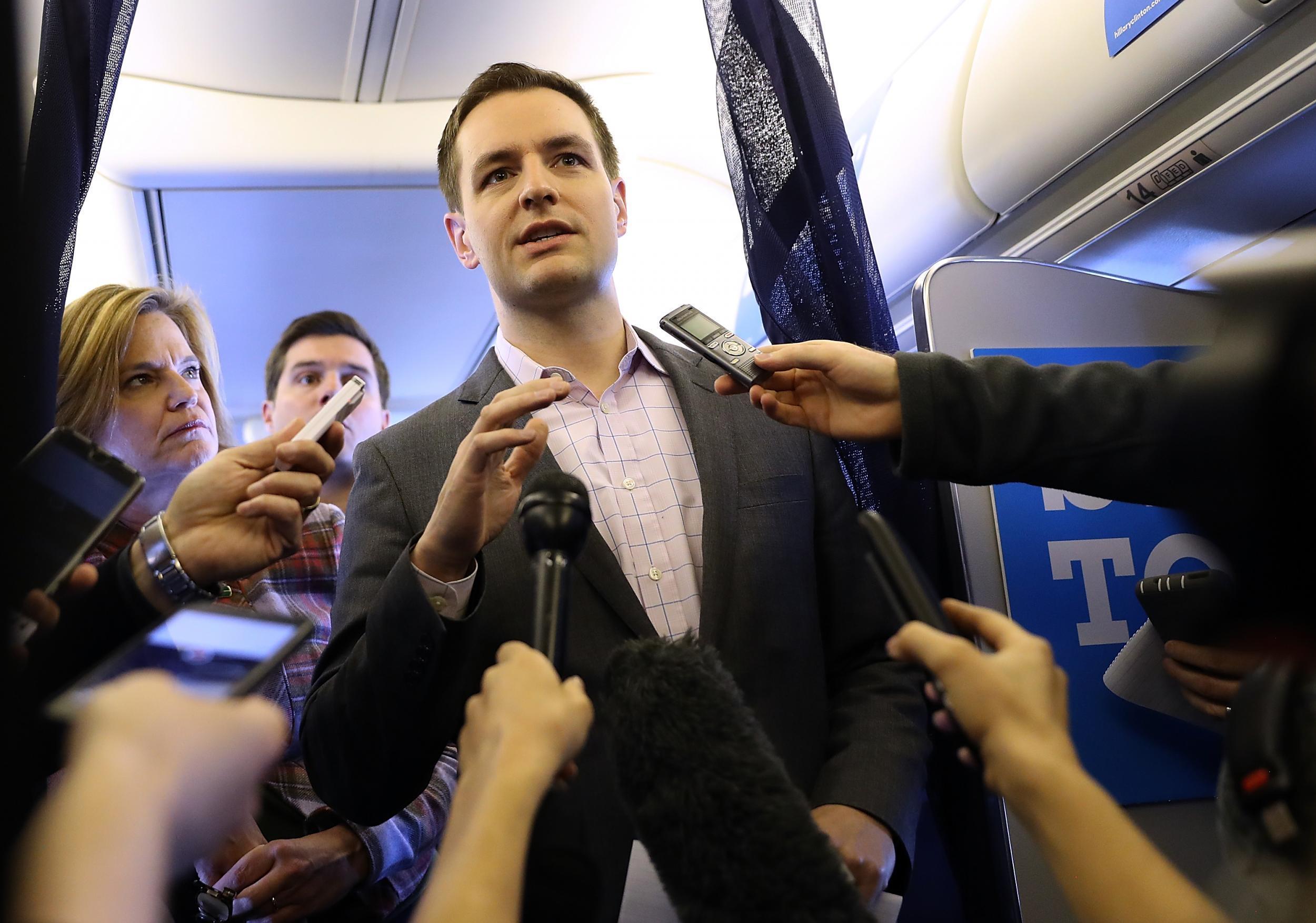
Mook’s relationship with Podesta was“fraught throughout the campaign”, as Mook would hoarde information he was privy to, away from Podesta, as would Abedin.
“The campaign was an unholy mess, fraught with tangled lines of authority, petty jealousies”, and power distributed so broadly that none of her aides or advisers had control of the whole apparatus. Major decisions had multiple clearances required, with speech-writing often done by committee, leading to flat, unmemorable messaging. This was not a luxury the campaign could afford given the difficulty Hillary already had articulating why she should be trusted or had the best plan for America.
2. Little vision or inspiration
For all the strategic and structural faults of the campaign, the lack of vision or platform from the candidate herself was a particularly jarring theme. When Hillary announced her decision to run, it wasn’t immensely clear to many of her aides, let alone the public, “why her, and why now”.
Clinton’s aimlessness was typified by her Roosevelt Island speech formally announcing her candidacy in the summer of 2015, when she “whimpered her way into the election”. The speech contained “no overarching narrative explaining her candidacy, no framing of Hillary as the point of an underdog spear, no emotive power.”
To her critics, including many Sanders supporters, this betrayed a Clintonian entitlement to power, without having to convince the electorate of quite what made her the best person to shape America’s future. “America can’t succeed unless you succeed. That is why I am running for president of the United States of America,” she pronounced in that speech, in a “trite tautology” that did as little to strike a chord with an electorate as her campaign slogan ‘Stronger Together’.
This was an electorate that had lost huge amounts of faith in political and economic institutions, and in addition to the danger of fielding a candidate that embodies the establishment so thoroughly as Clinton, it was often hard for voters to name a concrete policy or change that Clinton was proposing.
Despite Clinton being a self-professed policy wonk, who “lives for the complexity”, she “didn’t like taking issues she’d been working on for years and boiling them down into little sound bites”. As a result, chief speechwriter Dan Schwerin complained repeatedly that Hillary was not doing enough to find a vision of her own that he could help her put into words. “More than a year into the campaign, her staff didn’t know her well enough to turn her candidacy into a compelling narrative for her.”
3. Strategy of turnout, not persuasion
As much as there was someone in charge of campaign strategy to get 270 electoral college votes, it was Mook, whose game plan rested on a simple premise: prioritize turning out those voters sympathetic to Hillary, instead of trying to convince anyone who is undecided or antagonistic to Clinton to get behind her.
“Persuasion, they concluded, just wasn’t feasible”, for the amount of money it cost to send out door-knockers for what might be pointless conversations. The team aimed to mobilize the “Obama coalition”, of African Americans, Latinos, women and college-educated whites, but “the more she catered to them, the more she pushed away other segments of the electorate”.
This was a racial dynamic to the coalition that worked differently for different candidates; Obama could focus on white voters without alienating his African-American stronghold, while Clinton’s attention to ethnic minorities came at greater risk of alienating white voters.
From a huge office hub in Brooklyn, the Clinton campaign were confident of winning big, against a candidate whose behaviour they believed to be immediately disqualifying to the American electorate on a number of counts. As a result, early on in the campaign they took for granted the “blue wall” of states that have voted Democratic since 1992, including Michigan, Wisconsin and Pennsylvania (all of which she would go on to lose), attempting to enjoy a sizable winning margin by breaking into states often won by the GOP such as Florida and North Carolina.
This quickly proved overly ambitious as November approached and Trump’s poll numbers gained ground on Clinton. It’s a bizarre strategy for a candidate for whom the American people have some of the strongest preconceptions of mistrust and careerism of any public figure in history. Polling showed the first word people associate with Clinton is “liar” - the number of voters who were either undecided, sceptical or antagonistic to her were huge. The team rarely if ever devoted extra resources to trying to get them on side.
Mook’s cautious strategy worked for the primary campaign for Hillary to be the Democratic nominee over Bernie Sanders, because she already had the backing of a majority of the party’s base, so purely focusing on turning these voters out worked. Clinton was sent to big cities during the primaries where a concentration of black and Latino voters would mobilize. But Sanders’ appeal to millenials and working-class whites, who were more prone to be sceptical of Clinton, had damaged her support amongst them, and thus in the general election, this caution and lack of work in creating a dialogue with said swing voters proved fatal.
4. Absolute reliance on a faulty analytic model
While there was no single campaign leader, Robby Mook “liked to be the only one with a full view of the campaign’s arms, from budgeting to polling, data analytics, and field organizing”. And from this position of power, Mook’s strategy was almost exclusively based upon a particular analytics model from data chief Elan Kriegel, which gave them their information on voter intentions, opinion and reaction to messaging.
They declined to spend money on third-party polling in the swing states, and refused to use pollsters to track voter preferences all through the final three weeks of the campaign, such was the faith in their own modelling. Senior Democratic operatives with more experience “begged” Mook to poll states like Florida in October, but Mook thought it was a waste of money, seeing the analytics as cheaper and quicker.
Unfortunately, the model drastically misread the electorate across many states, on many issues. John Podesta was one of a significant contingent of older consultants and staff on the campaign, including Bill Clinton, who mistrusted Mook’s religious loyalty to their model which drove so many decisions.
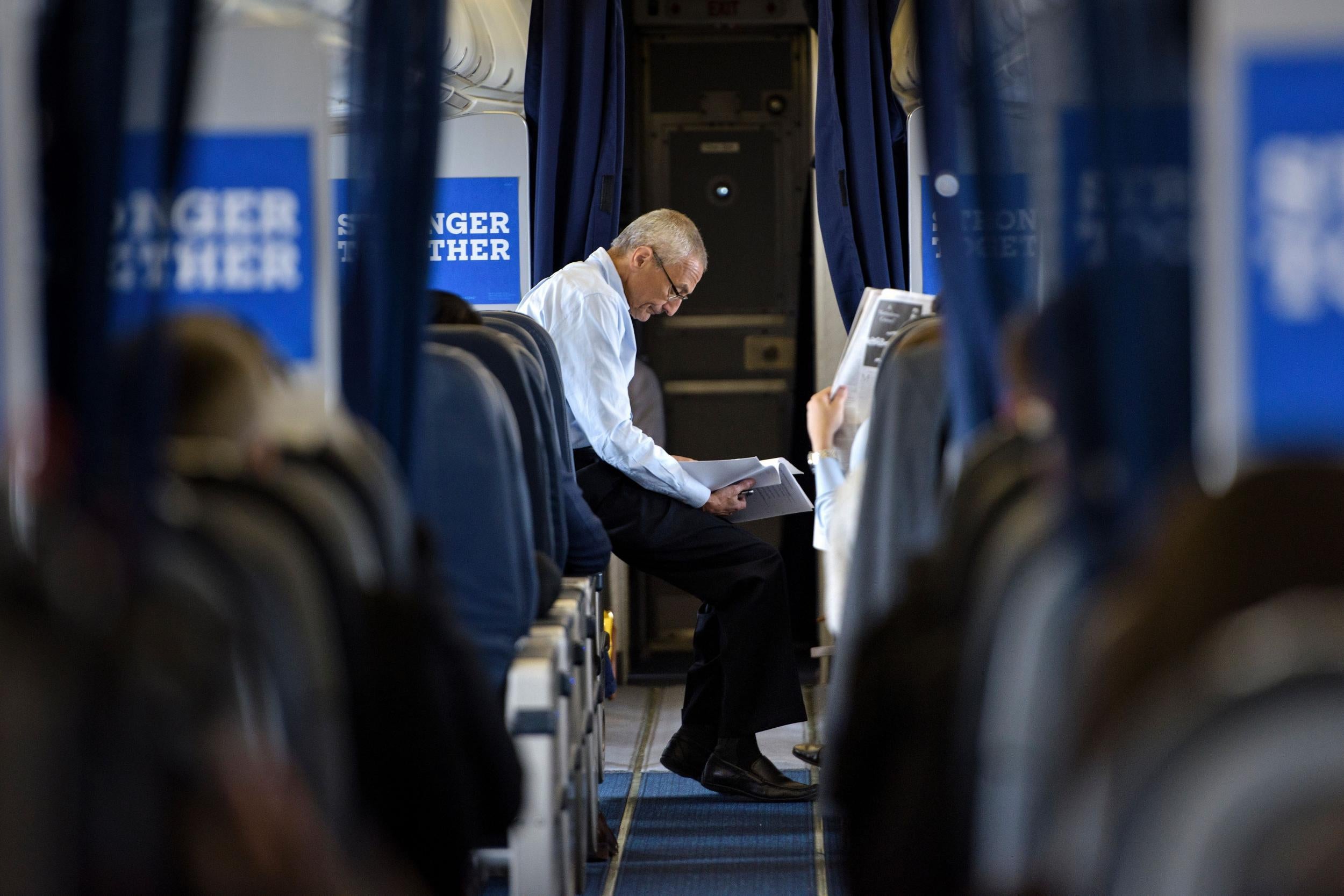
Mook rolled back older forms of messaging like extra spending on television advertising at inflexion points in the campaign cycle, to the older crew’s chagrin. Focused on “efficiencies” in savings, the campaign declined to spend extra money on direct mail or digital advertising in several key battleground states, two methods crucial for targeting older voters and millenials, amongst whom her support was shaky.
There were “no checks and balances and transparency” on Mook’s modelling that drove so much strategy, and so very few face-to-face conversations from the central campaign or on-the-ground operations happened. There was a networked organization ready to work on the ground, across the states, in the super PAC “Ready for Hillary”, that Mook declined to make use of because his modelling didn’t say he needed to, such was their supposed polling lead. (Mook was also “in no mood to empower another organizer in his own campaign headquarters”.)
This is a model that meant Clinton herself never set foot in the state of Wisconsin after becoming the nominee, a model that showed Clinton had a “comfortable” lead to win in the months and week preceding election day, and why Clinton’s team could be so confident on victory even after exit polls started coming in on election night.
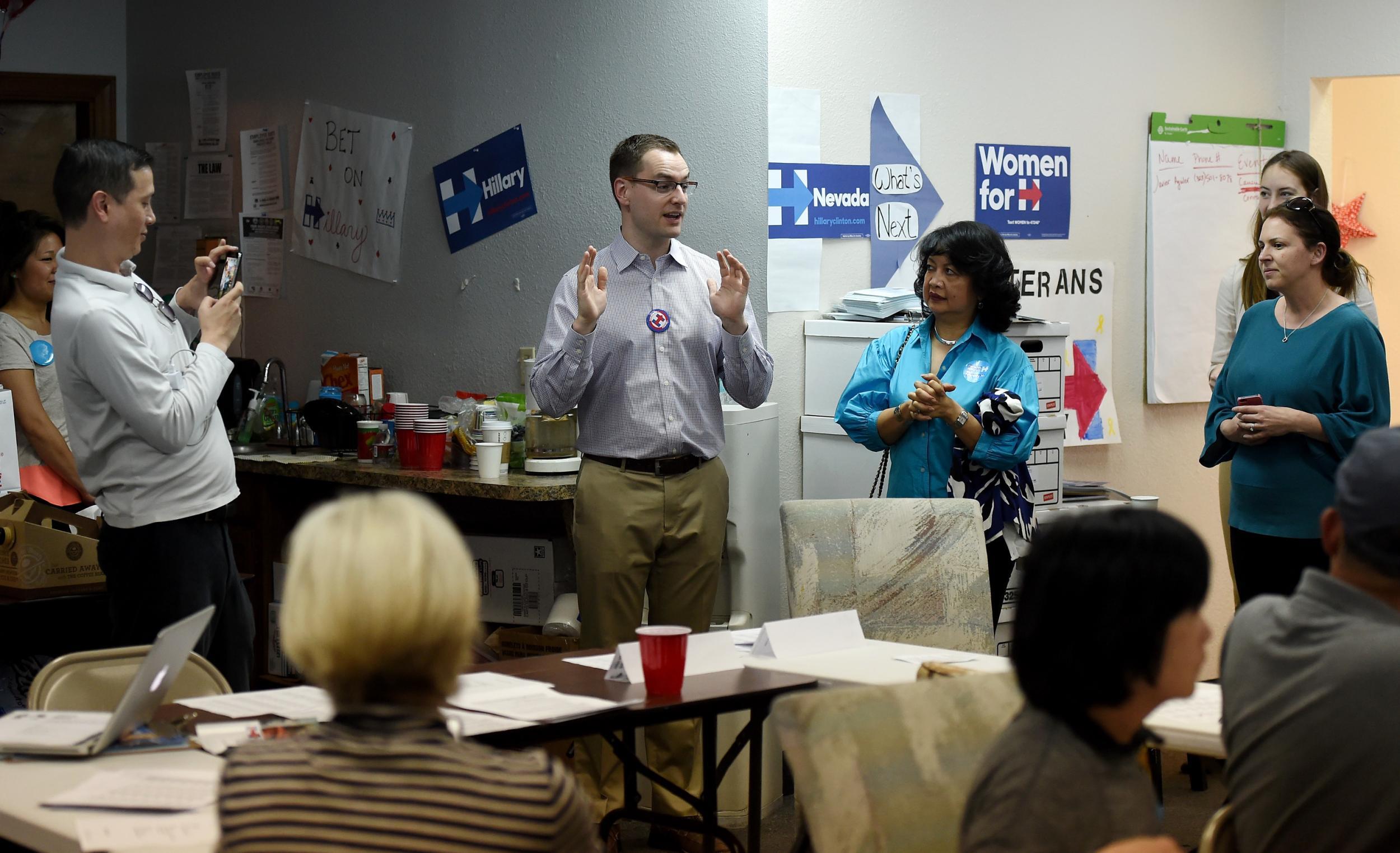
Not only did Clinton not set foot in Wisconsin, but Mook wouldn’t even send basic resources like campaign literature for on-the-ground activists to make the case for persuading voters. This complaint of declining to fund even the most basic resources for grassroots activists to engage in any kind of voter persuasion in states like Colorado and New Mexico, two states that Clinton narrowly won, echoed those of campaign leaders across battleground states in which she was less fortunate.
An inability to measure the opinions and mood of the electorate, along with an inability to craft an inspiring, coherent message from the candidate, paints a bleak picture of a blind, disempowered candidate.
5. Loyalty fundamentalism
Loyalty is everything to Hillary Clinton. Her closest and most trusted advisors were those who had been most loyal to her, rather than necessarily being the most politically astute or competent. Political advisers with decades of experience and election-winning records often failed to get facetime or influential lines of communication with the candidate.
As few people had meaningful access to Clinton, those who did rarely told her something that would upset her, and possibly make oneself an antagonist to Clinton, lose proximity to her, and thus also lose power.
“It was a self-signed death warrant to raise a question about Hillary’s competence in loyalty-obsessed Clintonworld” write Allen and Parnes. In addition to the muddled sources of power discussed above, this loyalty fundamentalism created a toxic atmosphere in which a “bonfire of the vanities raged” inside the campaign, while liabilities or incompetence might be given a pass.
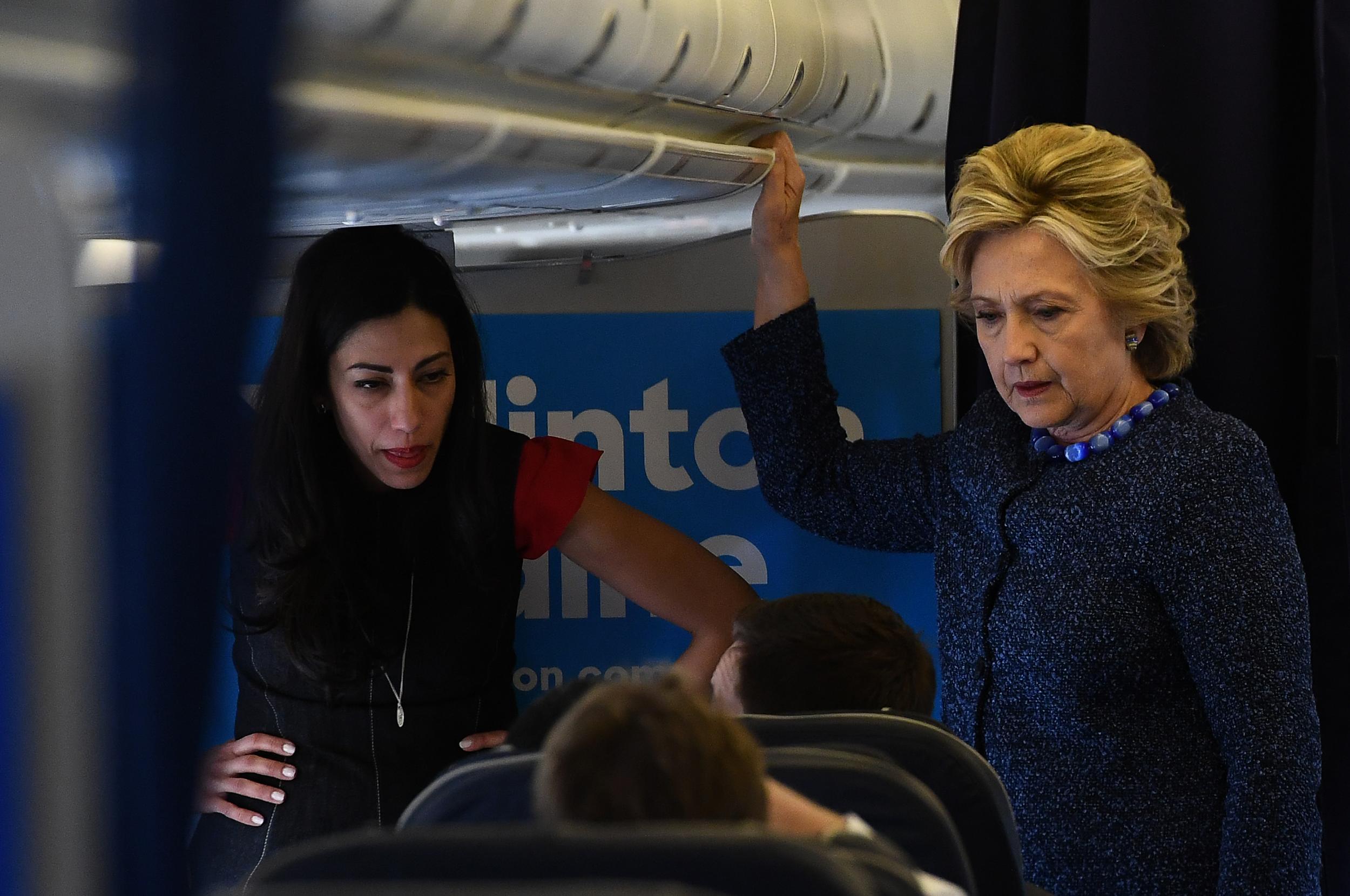
Though largely no fault of her own, Huma Abedin’s connection to scandal-riddled Anthony Weiner and his resurrection of the e-mail scandal with one week to go meant that Abedin was “a disaster waiting to happen,”. “She would have been cast aside” long ago, Allen and Parnes argue, by any political operation that was appropriately sensitive to political risk, and uncompromising in its pursuit of winning votes.
When James Comey revealed the source of that late email fiasco to be Anthony Wiener’s laptop, Clinton agonized over removing Abedin from the campaign’s centre, despite the absolute necessity of doing so, due to Abedin’s unrivalled loyalty to her, and an “almost maternal compassion” Clinton felt for Abedin.
Moreover, when Hillary was diagnosed with pneumonia by her doctor, the closest advisor to her, Huma Abedin, kept this information guarded, with most of the rest of her team in the dark about a significant change in the candidate’s health.
As a result no-one stopped Hillary from intense debate preparation and then attendance of a September 11 memorial service, which made Clinton stagger and faint on the way to her car, giving Trump political meat to question her fitness for office. The campaign team misled the press in their initial response because Abedin hadn’t properly briefed their spokespeople, and not for the first time. Like with the Clinton campaign's first response to the e-mail scandal, this only further cemented the impression of the Clintonworld misleading the public and hiding the truth.
This was one of a number of times that misinformation and silence, motivated by loyalty and power-hoarding, severely hurt the campaign’s ability to engage in crisis management.
Subscribe to Independent Premium to bookmark this article
Want to bookmark your favourite articles and stories to read or reference later? Start your Independent Premium subscription today.
Join our commenting forum
Join thought-provoking conversations, follow other Independent readers and see their replies
Comments